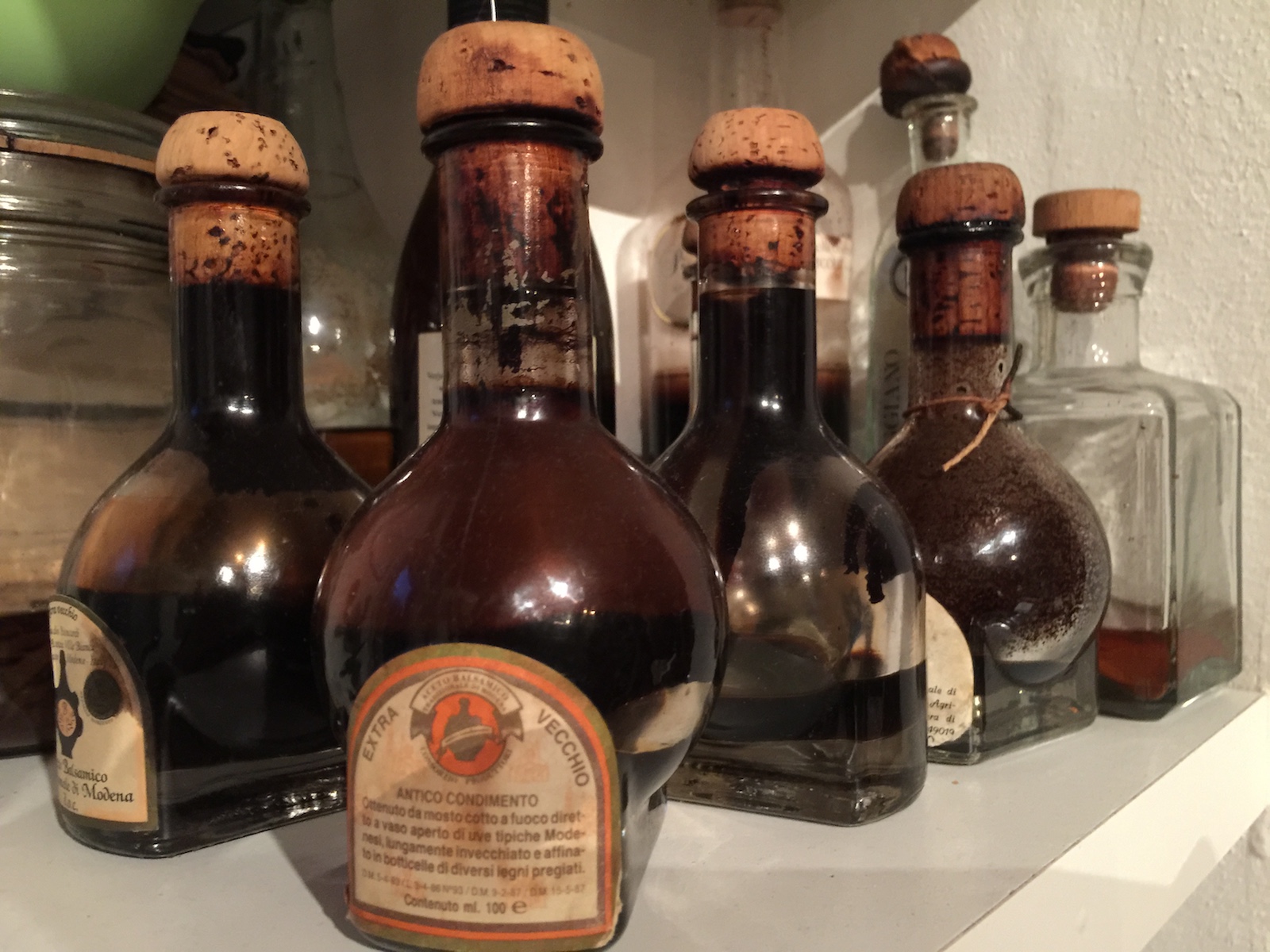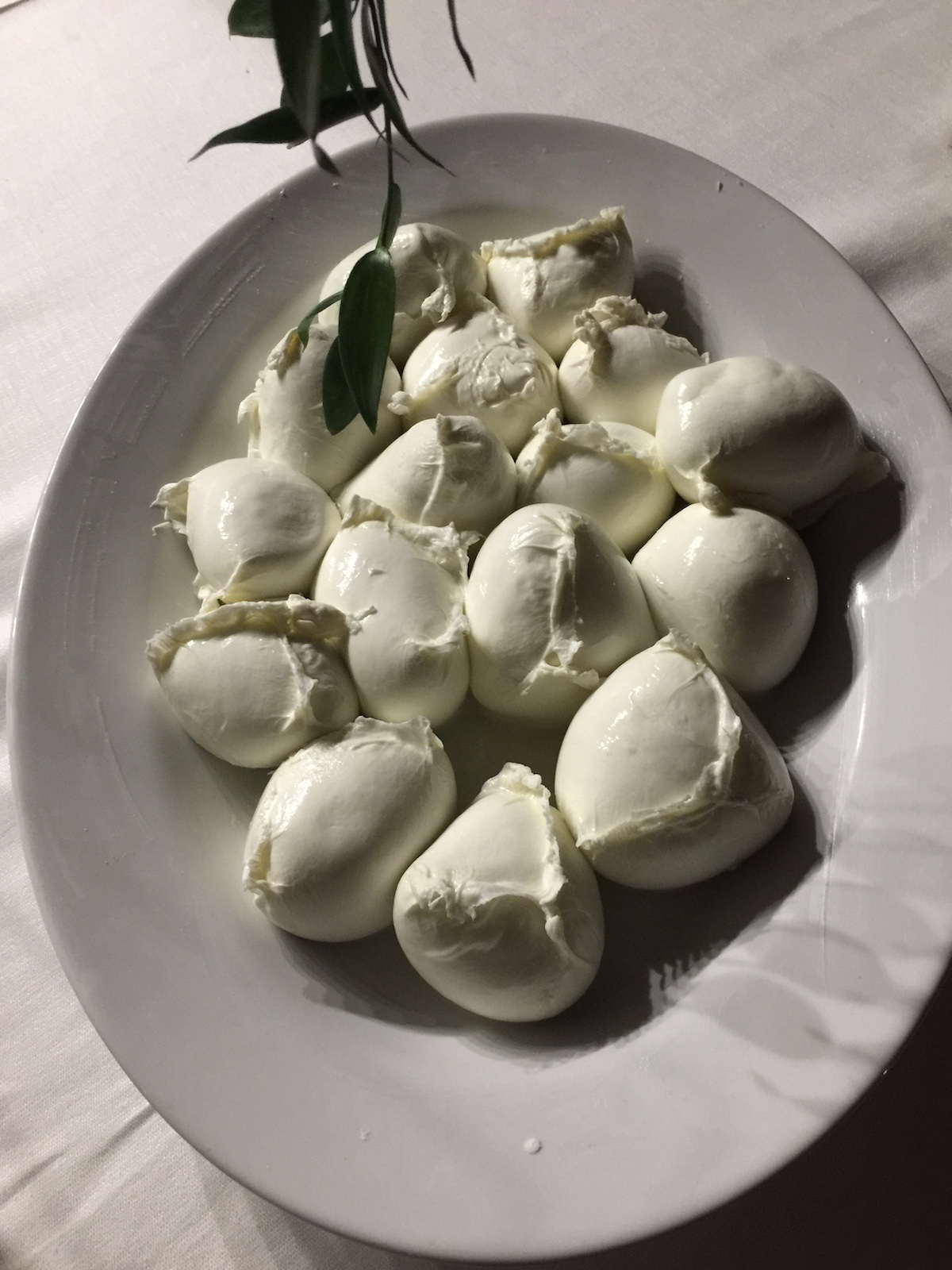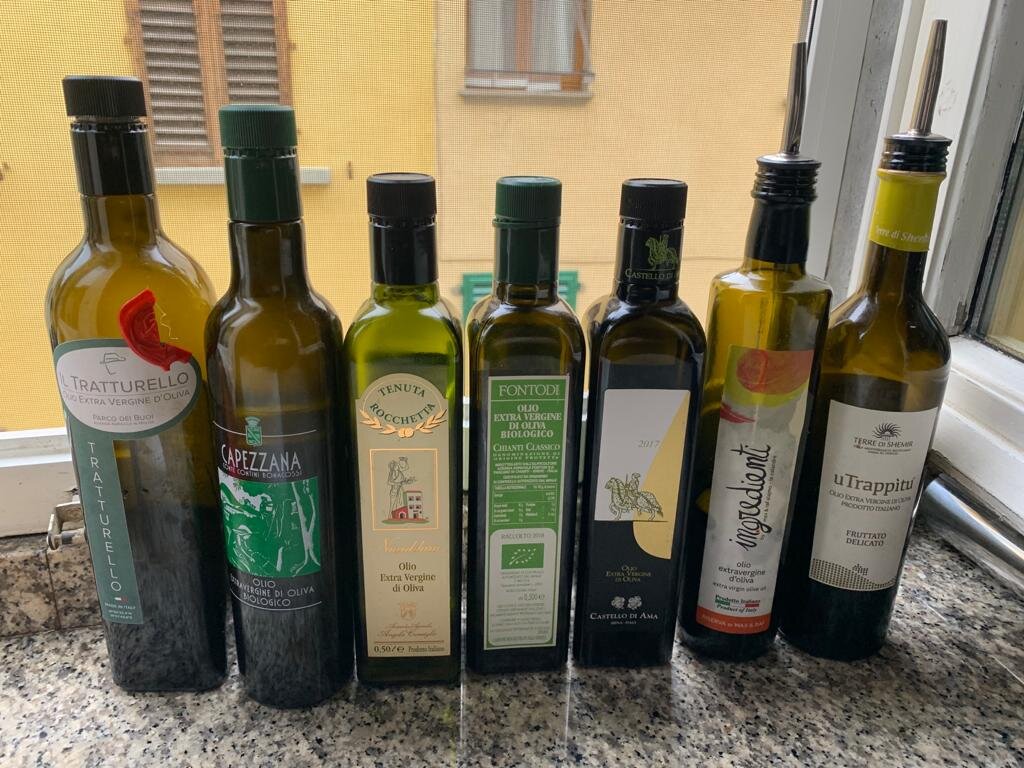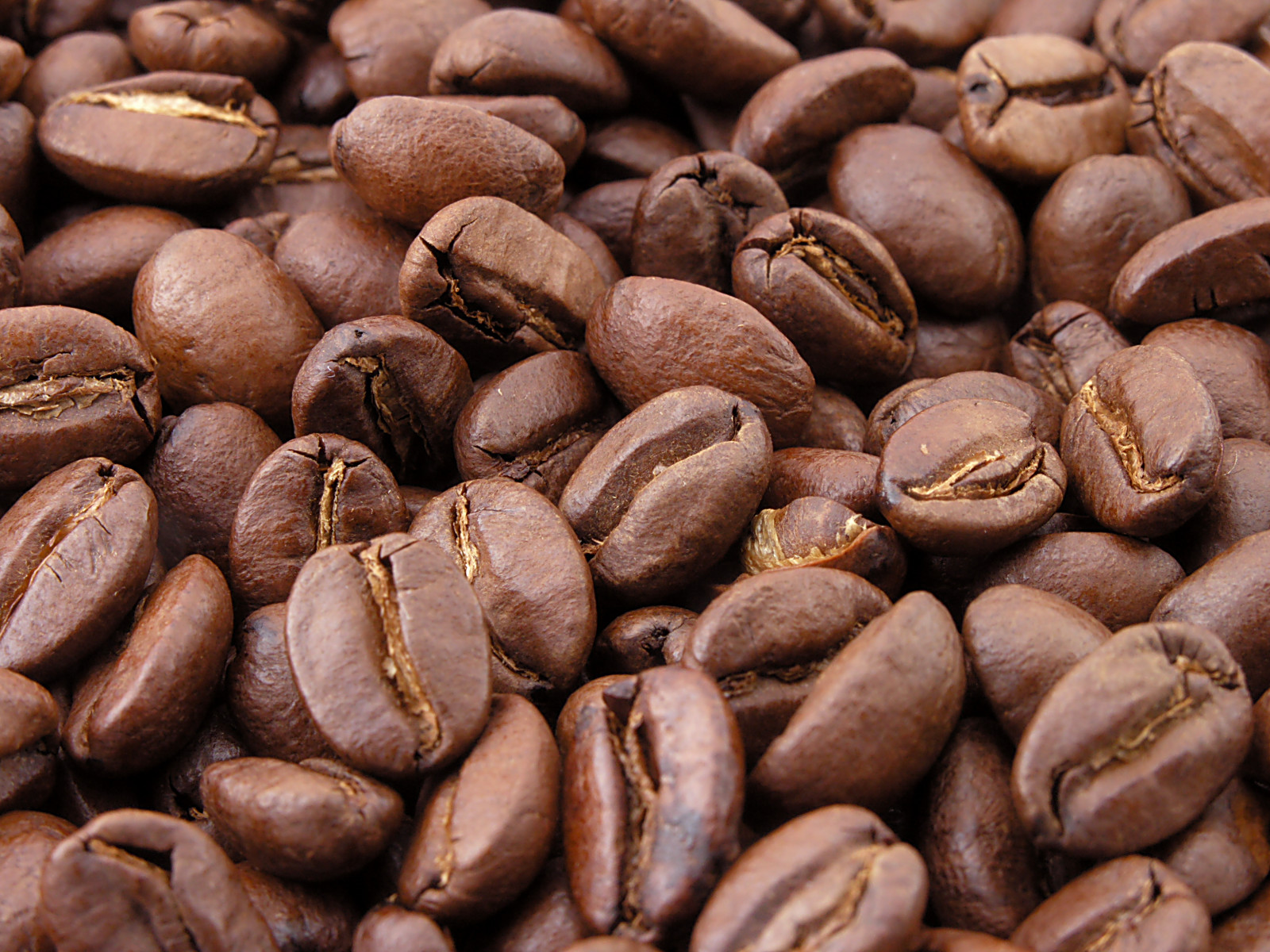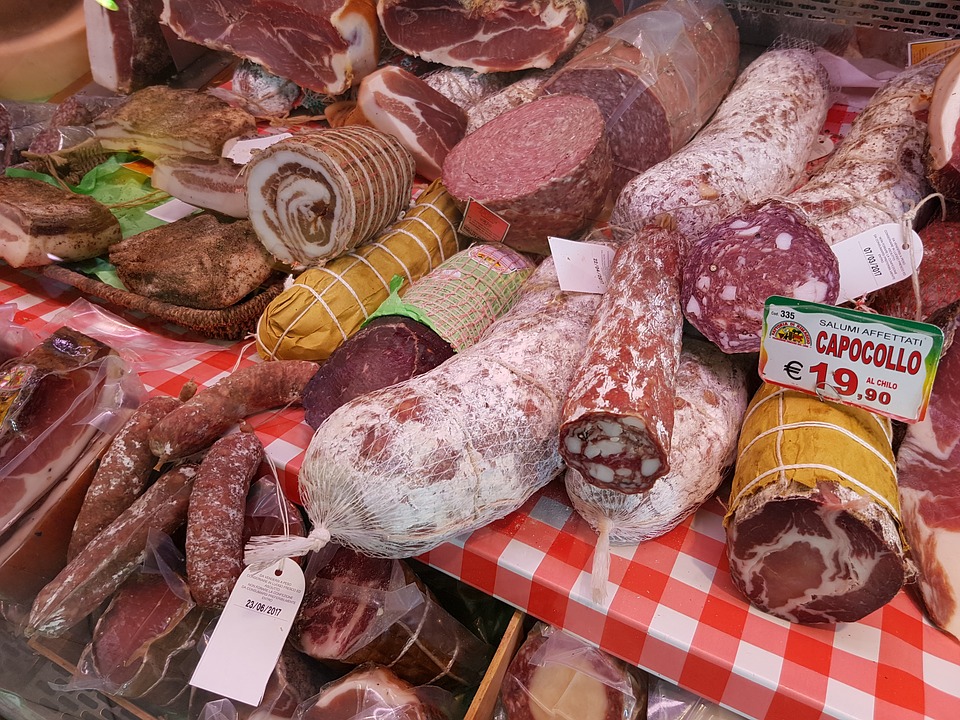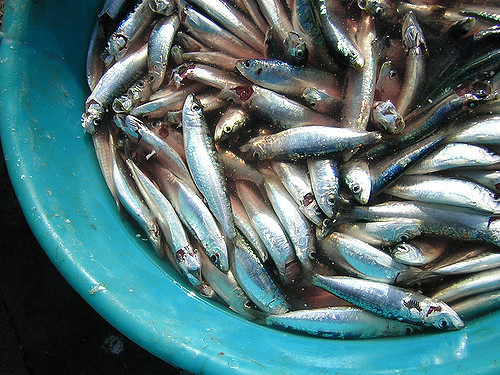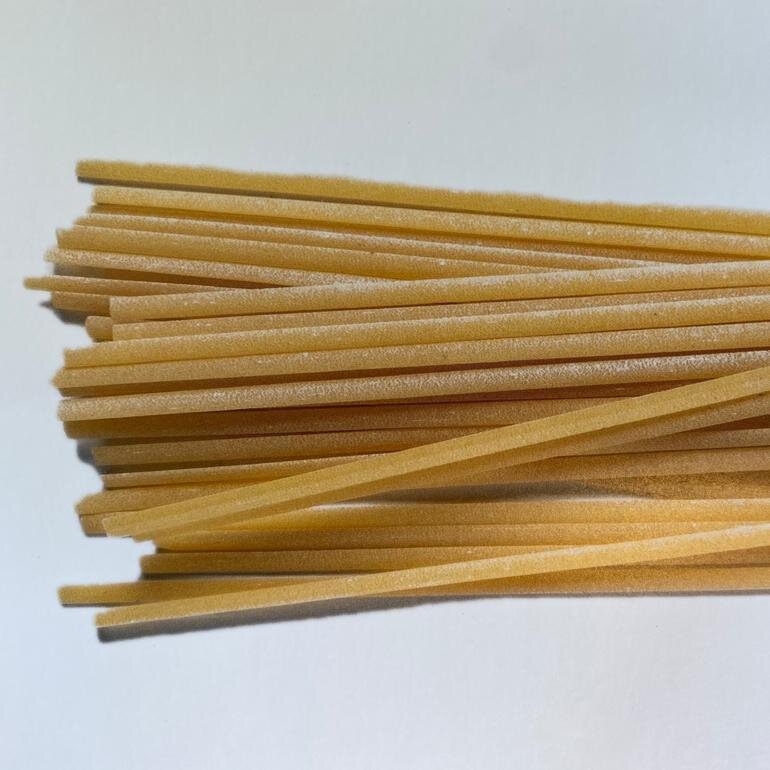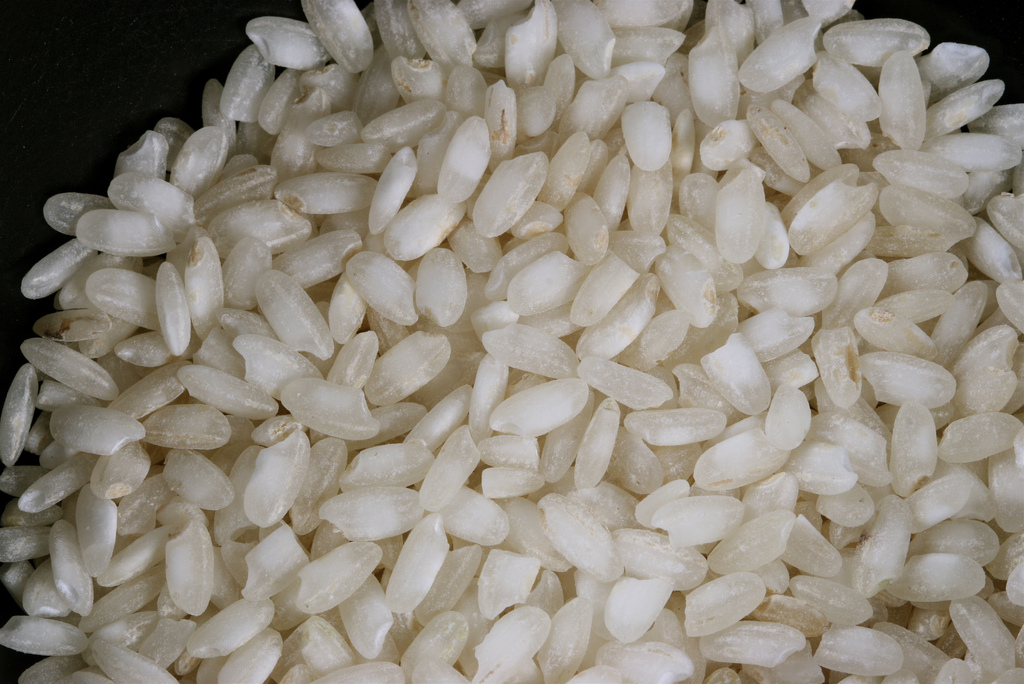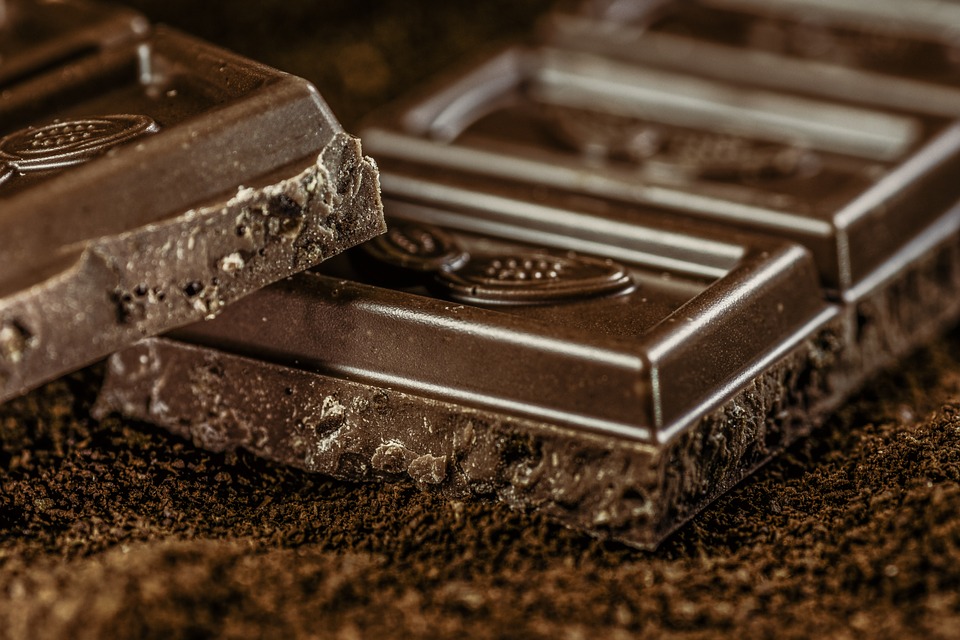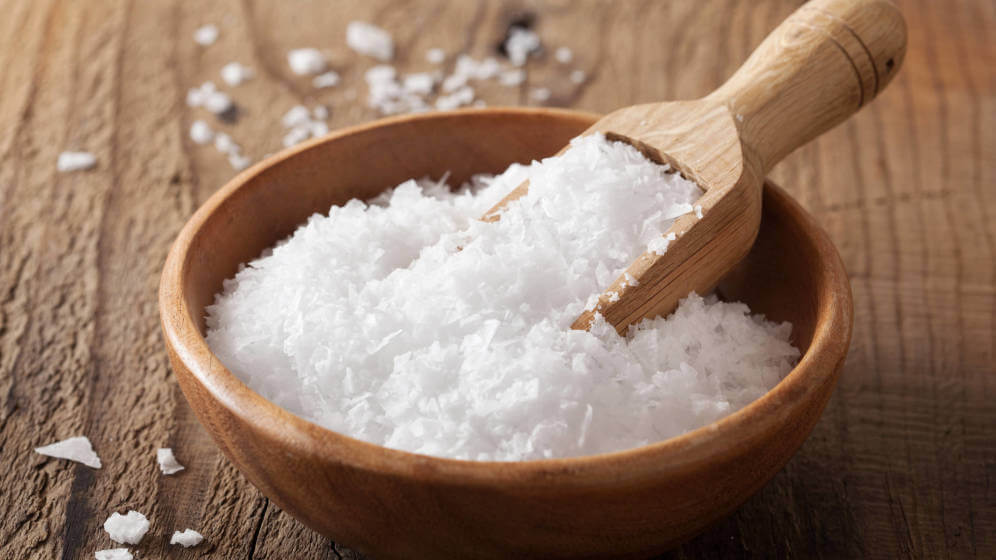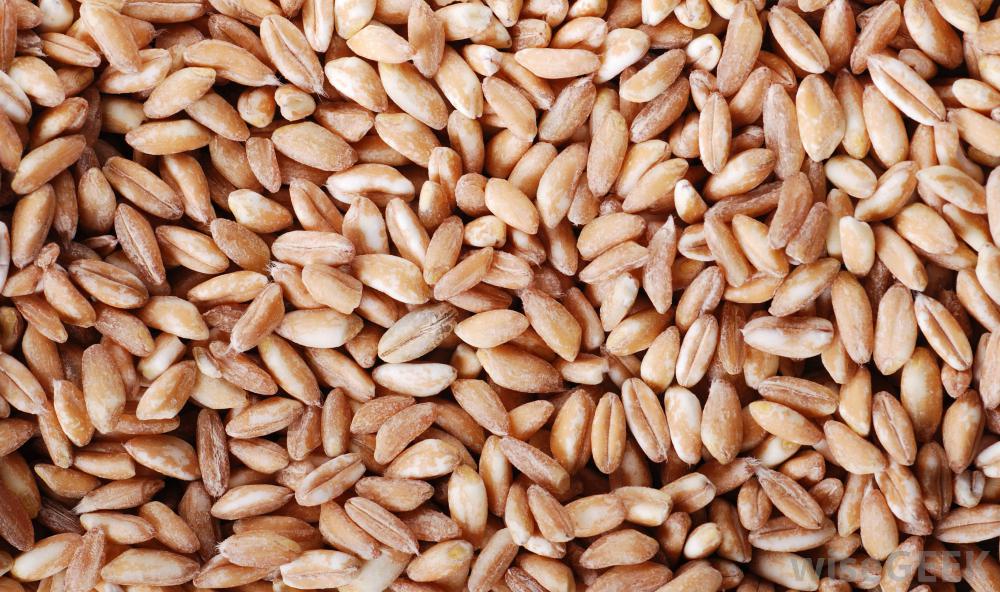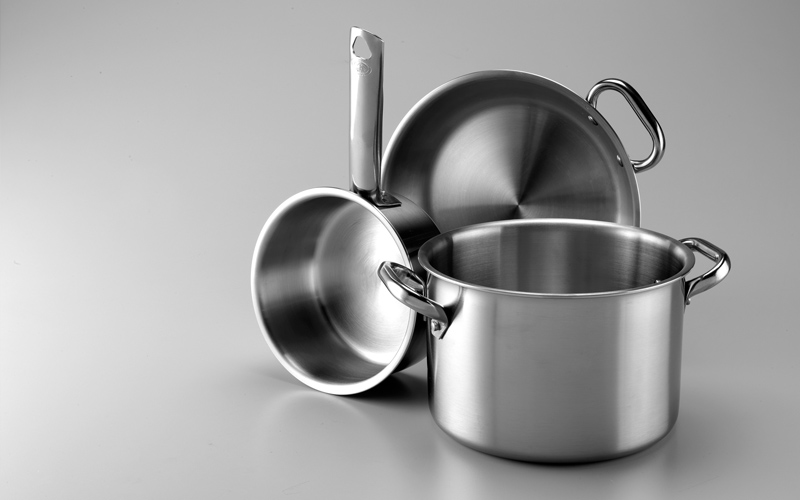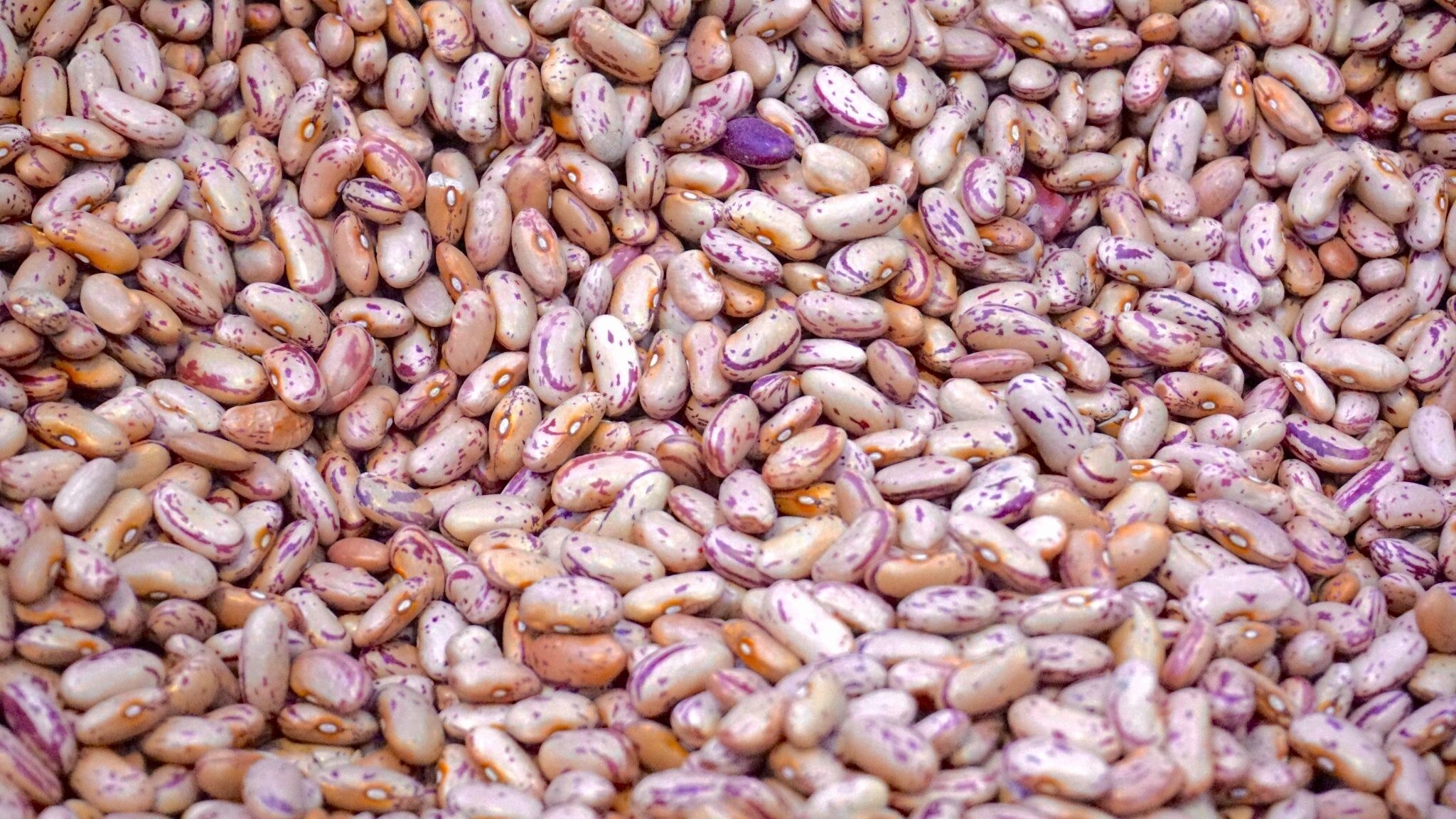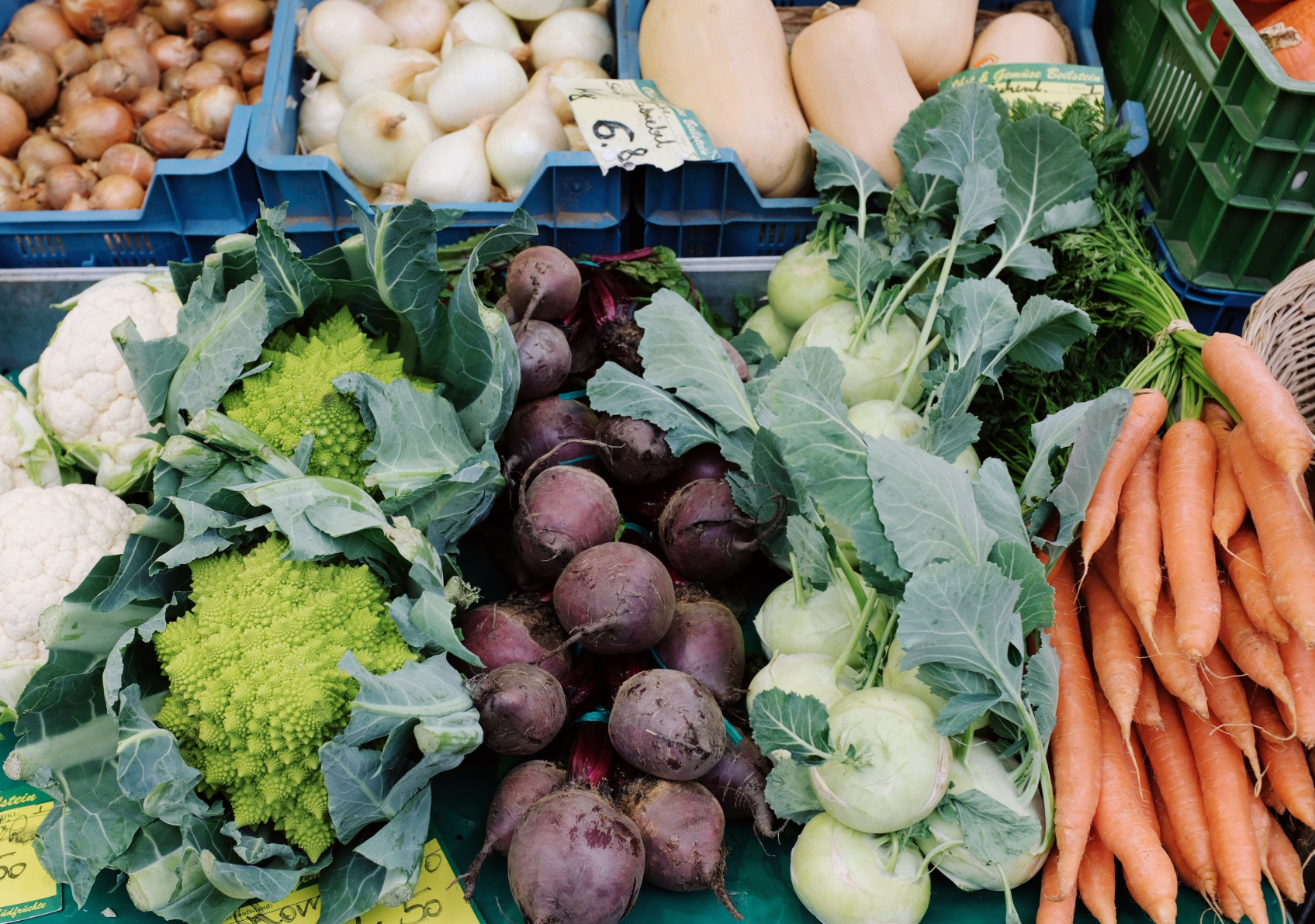Below is an article that gives you more information on Italian chocolate than you ever thought you'd want to know...
Italians make chocolate in many different styles. Traditional Piedmont often pairs chocolate with hazelnuts. New wave Domori makes single cultivar and special blend chocolate--and they have a cool site. Super-Tuscan producer Amedei, outside Pisa with single cultivar, single country chocolate. Catinari in Agliana and Slitti in Monsummano Terme make exceptional chocolates, as does Paul de Bondt in Pisa. For Sicilian style chocolate visit the Dolceria in Modica or on-line.
Though France may lay claim to some of the world’s most impressive desserts, Italy is a legendary ruler on the matter of chocolate, where it is produced in all manner of shapes, sizes and flavors. It wasn’t always the case—though Italy had a quality chocolate culture until the turn of the century, the rise of industrialization led to decades of mass market, less distinguished products.
But something happened in the 1990s. Changes in the wine and food world, with their emphasis on quality, cultivar and special regional products that had previously been taken for granted, spilled over to the world of chocolate. A new wave of inspired chocolatiers started paying attention to how chocolate is made, and to how they source the cacao bean, its main ingredient. With all this care taken toward materie prime, as well as respect for the process of making it, a rise in quality artisanal products led to an exciting renaissance in Italy’s chocolate culture, which continues with great innovation today.
Like tomatoes, beans, potatoes and chili peppers, chocolate was a New World import, brought back to Spain by Columbus. Then, though the Oxford Companion to Italian Food says it is not entirely clear how it got to Italy, it seems it was filtered into the country through three different entry points—Piedmont, Tuscany and Sicily. Legend has it that when King Philip II’s daughter, Catherine, married Charles Emmanuel I, Duke of Savoy, at the end of the 1500s, she brought the fashioanble cicciolato in tazza, chocolate in a cup (for most of its early history, chocolate was enjoyed as a beverage), with her from her native country, which is how it was introduced to her new home in Piedmont, in northern Italy.
Not much later, in 1606, Florentine merchant Antonio Carletti returned from a voyage to the New World. He was looking for unique imports, and brought back chocolate, though we don't know in what form. He introduced it to important Florentines, including Cosimo III dei Medici. It was a big hit in the Tuscan court.
Meanwhile, Sicily was under Spanish rule for more than 300 years. It was more than enough time to pair a trendy product from both cultures—sugar (from Sicily?) and chocolate (from Spain?)—employ the rolling pin and mortar of the Aztecs, and grind cocoa beans and combine them with sugar over low heat, resulting in sugar crystals embedded in cocoa paste. Back in the day, chocolate makers schlepped their stones and beans on a cart and sold door-to-door. Like Catherine of Spain’s drink that she brought to Piedmont, the bars they created were made to be melted and sipped.
These three points of entry proved decisive for the growth of chocolate throughout Italy, where it flourished for hundreds of years, with Piedmont playing a leading role. The hot beverage was transformed into solid, bite-sized chocolates, mechanizing the process, and stretching expensive imported chocolate with local hazelnuts, a great idea—it led to the creation of the region’s great gianduja, small chocolate-and-hazelnut ingots.
After World War II the chocolate-hazelnut duo became Nutella. Making quality chocolate is a volatile, labor-intensive process, and the arrival of the spreadable paste sparked the post-World War II industrialization of Italian chocolate, which prevailed until the 1990s. Treats were mass-produced for decades, until the 1990s brought the artisanal chocolate revival we enjoy today.
It should come as no surprise that this chocolate renaissance was also launched in Piedmont, Tuscany and Sicily, but as in the past, now spreads throughout the country. Chocolatiers are springing up everywhere, and as usual in Italy, individuality rules. These key players, along with a few avant-gardists, are my favorite sources for top-quality cioccolato.
PIEDMONT
Domori
Via Pinerolo 72/74, None, tel. 011 98 63 465, domori.com
Italy’s revived interest in artisanal chocolate began in Piedmont with Gianluca Franzoni. He went to Venezuela in 1993, got hooked on the country’s cacao beans, and spent years studying cocoa culture, ultimately creating primitive but delicious experiments, focusing on origin and variety. He named his company Domori and obsessively oversaw all phases of production, made tiny nine-gram bars of dark chocolate that sold for around the price of a glass of wine, and marketed them to up-scale groceries and pastry shops, and especially wine bars, where the concepts of cultivar and tastings were strong.
In a world where most chocolate was industrial, identified as dark or milk, the idea of dark Venezuelan Criollo Porcelana mini-bars was mind-boggling. Franzoni inspired; many producers in Piedmont and beyond took note. Domori grew, and though it was purchased by Illy in 2006, Franzoni remains president and guiding light. The factory, outside Torino, is state of the art; the chocolate is made with cocoa mass and cane sugar, without extra cocoa butter, emulsifiers like lecithin or flavoring. It’s for purists.
Domori’s 100% Criollo is unique, the gold standard: maximum quality, highly aromatic and complex, and offers a primal chocolate experience—it’s a secret ingredient in many of my lengthy braises. I can’t live without Domori’s cocoa beans, each hand-selected (only the very best) by an eagle-eyed worker, plucked from a conveyor belt after roasting. Crunching a bean offers a quick, intense, in-no-way bitter hit of complex chocolate that lingers. The hot chocolate mix is light years beyond the stuff I grew up on, although I make it with water instead of milk as directed.
Guido Gobino
Via Cagliari 15/b, 10153, Torino, tel. 011 24 762 45, guidogobino.it
Guido Gobino took over his father’s chocolate business with new ideas toward the end of the 1990s. He sourced the best Trinitario beans—a level of quality just below Criollo—Thai ginger, Sicilian citrus and Piedmont hazelnuts. Like Domori, his factory is modern, his approach is delicate, and his chocolate is made with cocoa mass and cane sugar, without lecithin emulsifiers or vanilla. He enlarged a dark chocolate bar studded with hazelnuts to a one-kilo slab, shrunk the region’s classic molded milk chocolate-and-hazelnut bites called giandujotto in half to five grams and called it tourinot. For his tourinot maximo, he eliminated the milk, creating a small dark chocolate and hazelnut bite, perfect for those who, like me, don’t think milk chocolate is a good idea. I’m addicted.
Gobino’s gianduja cream, and especially his dark chocolate cream, are spectacular spreadables. Individually wrapped chocolate wafers called cialdine come in different cacao percentages—higher percentages indicate more intense flavor and less sweetness. Cocoa beans, sold in a jar, are coated with dark chocolate, dusted with powdered sugar, fancier than plain beans. Chocolate lovers can visit the factory (reserve two weeks in advance) for a one-hour tour, or book the “extreme” room for an all-sense (not just smell and taste) chocolate experience in his central Torino shop.
Guido Castagna
Store: Via Maria Vittoria, 27/C, Torino, tel. 011 19 88 65 85; Lab: Via Torino, 54, Giaveno, tel. 011 97 66 618, guidocastagna.it
Guido Castagna is the new kid on the block, a pastry chef who fell for hazelnuts and was then bewitched (like many artisans) by chocolate. He’s a bean to bar producer whose chocolate is first-rate, although he uses minute amounts of extra cocoa butter and lecithin, for smoother results. His hazelnut products are outrageous—giandujotti with Criollo chocolate extruded in a special machine for a hand-chopped look; cremini, squared-off gianduia and chocolate cream layers encased in a layer of chocolate; but most of all, chocolate hazelnut creams for true hazelnut-oholics, with rich, pronounced flavors far beyond more widely sold, industrial products.
Grom
Grom, the artisanal gelato giant, began in Torino and has expanded exponentially; their chocolate flavors are made with Domori crus, specialty single-origin bars, definitely worth a lick.
Al Bicerin
Torino is the birthplace of the bicerin, an espresso-hot chocolate beverage topped with whipped cream, served in a stemmed glass at bars throughout the city. Taste the greatest at Al Bicerin, an adorable caffè that’s been serving it since 1763. It’s a must for any chocolate tour of the city.
TUSCANY
Catinari
Via Provinciale 378, Agliana, tel. 0574 71850, robertocatinari.it
In Tuscany the chocolatier’s new golden age began in 1974 with Roberto Catinari. After a lengthy apprenticeship in Switzerland at a pastry shop that made chocolates (he started as a dishwasher), he returned home to the Pistoia Mountains. In 1982 Catinari was convinced by a friend, coffee roaster Ercole Trinci, to open a shop and laboratory next door to Trinci’s place in Agliana. Trinci’s son and daughter, Andrea and Chiara, opened a wine shop downstairs, and the combination of quality chocolate, coffee and wine attracted gastronomes from Tuscany and beyond.
Catinari buys chocolate from many sources, crafting bars studded with raisins or nuts, and adorable trompe l’oeil chestnuts. He was the first Italian to make life-sized, cocoa-dusted horseshoes, scissors, keys and tools, and he is the only artisan I know who specializes in liquid centers. It’s a laborious process—sugar syrup is flavored with grappa, liqueur or wine, a series of molds are pressed into a large tray of cornstarch, spaces thus created are filled with the sugar-alcohol liquid, and the trays are left to “ripen” in a cabinet. The sugar crystallizes around the alcohol center by the next day, forming a shell, which is delicately removed from the cornstarch, placed on a conveyor belt and sprayed with chocolate. They’re to be eaten whole or the liquid will dribble down your chin.
Catinari inspired a series of chocolatiers stretching west from Agliana to Pisa, and east to Florence, and the press started calling the area the Chocolate Valley, Tuscany’s culinary response to Silicon. There’s now a shop in Agliana and a place in Florence, Arte del Cioccolato, that sells chocolate gelato, hot chocolate and Catinari’s fantastic creations. Arte del Cioccolato, Piazza Santa Elisabetta 2/R, Florence, tel. 055 217136.
Slitti
Via Francesca Sud 1268, Monsummano Terme, tel. 0572 640240, slitti.it
Andrea and Daniele Slitti were clearly inspired by the coffee-chocolate combo in Agliana, and in 1988, added a line of chocolates to their coffee operation. Daniele takes care of the coffee while Andrea works with a top-quality selection of cocoa beans, transforming them into bars and a large assortment of chocolate pralines. There’s even a chocolate fountain in their shop in Monsummano Terme, not far from Pistoia. Andrea’s chocolate sculptures and bars have won numerous awards. I think Slitti’s best products combine coffee and chocolate, like the dark caffè Nero or milky caffè Latte bars, or are paired with it, like their delightful chocolate espresso spoons.
De Bondt
Via San Martino 82-56125, Pisa, tel. 050 2200285, debondt.it
Dutch chef Paul De Bondt loved the Italian culinary approach, cooked in designer Cecilia Iacobelli’s father’s restaurant; they bonded over food, married, thought there was a need for a contemporary, chef-driven vision of chocolate, and opened their shop in Pisa in 1993. They question tradition, discuss flavors and textures and design to create their products together. Iacobelli’s packaging is understated; De Bondt uses chocolate from many sources and blends them like a chef composing a menu.
They reinvented milk chocolate, far darker, much more chocolate-y, not excessively sweet. Look for De Bondt’s delicate, spiced, dark Ecuador or chili pepper hot chocolate mix, which is chopped up and sold in attractive cans. Their stecche, stylish chocolate bars topped with local pine nuts, whole slices of dried figs, pears, oranges or lemons, are beautifully proportioned and delicious. De Bondt is especially proud of the tavoletta al sale, a bar with a layer of 90% Ecuador topping another of Venezuelan milk chocolate lightly flecked with salt crystals, a sweet and salty combo that’s become fashionable. De Bondt’s laboratory (with a shop) is outside of Pisa, but there’s also an elegant store in the town.
Bianchini
Via V. Gioberti 61, c/o The Nine Shops, Florence, tel. 055 6550776, andreabianchini.net
Andrea Bianchini opened his shop in Florence in 2002, uses quality Italian chocolate and sells a large, ever-changing selection of flavored ganache-filled chocolates—saffron, herb, caramel-balsamico and a most interesting chocolate and bread praline. He’s won important prizes, including best chocolate artisan in Italy in 2008. His shop, in a hidden courtyard outside the center of town, has a room dedicated to displaying his chocolate and pralines like jewels, and another that’s a bar, with coffee, tea and pastry, single portion and whole cakes. His signature is a torta Matilde, dark chocolate with mango gelatin and Bronte pistachio Bavarian cream.
SICILY
Bonajuto
Corso Umberto I, 159, 97015 Modica Ragusa, tel. 0932 941225, bonajuto.it
The Sicilian chocolate renaissance began in 1992 in Modica, in the province of Ragusa in Sicily, the mission of father and son Franco and Pierpaolo Ruta of Antica Dolceria Bonajuto, which was originally founded in 1880. They employ the area’s traditional low-temperature process for making their chocolate, and though the method has been modernized the effect is the same, crunchy sugar crystals in unsweetened cocoa mass.
Nowadays it’s mostly consumed by eating, not as a beverage. On my first visit to Modica, Antica Dolceria Bonajuto was the only place to find this special chocolate, and though now there are around 30 producers of Modica-style chocolate, I stick with the original. I like their crunchy chocolate in traditional flavors (plain, with cinnamon or vanilla), wrapped in paper with old-fashioned graphics. Franco looked to the Aztecs as inspiration for xocoatl, chili pepper chocolates in individual paper pirouettes, while Pierpaolo experimented with different proportions of cocoa and flavorings of herb, spice or Sicilian salt.
The walls in the old-fashioned shop are covered with glass display cases of chocolate memorabilia, including pods, beans, historical equipment, tools, books, and more. Sicilian ceramic molds, sitting on the counter, are filled with samples for tasting. Don’t leave without eating one of Sicily’s greatest cannoli, filled to order. ‘Mpanatigghi, a traditional cookie stuffed with nuts, spice, chocolate and meat, are a specialty, probably an acquired taste.
Looking ahead
Although the chocolate renaissance began in Piedmont, Tuscany and Sicily, it’s influence is evident on every shelf. Today, even industrial companies feature chocolate percentages and origins on their packaging. Artisans now abound throughout Italy, each with an individual approach to the art of chocolate. I’ve just ordered some single-country origin chocolates from a young artisan, Marco Colzani, in Cassago Brianza, outside Milan, who began making chocolate in 2007 at his parents’ pastry shop. He previously studied to be a winemaker and applied the same principals to chocolate. Colzani doesn’t believe in conching, a process that evaporates moisture and volatile acids, and combines the solids and cocoa butter for optimal texture. He makes his minimalist bars, from bean, without lecithin or vanilla. He’s especially proud of his father’s chocolate and Sicilian bitter orange cake, an Italian take on the Sachertorte. I’m interested.
LOMBARDY
Marco Colzani
Via N. Sauro, 47, 23893 Cassago Brianza, tel. 039 955188, c-amaro.com
Young artisan Marco Colzani, based in Cassago Brianza, outside Milan, began making chocolate in 2007. He’s especially proud of his father’s chocolate and Sicilian bitter orange cake, an Italian take on the Sachertorte.
Also in the Pantry...
Share this article
